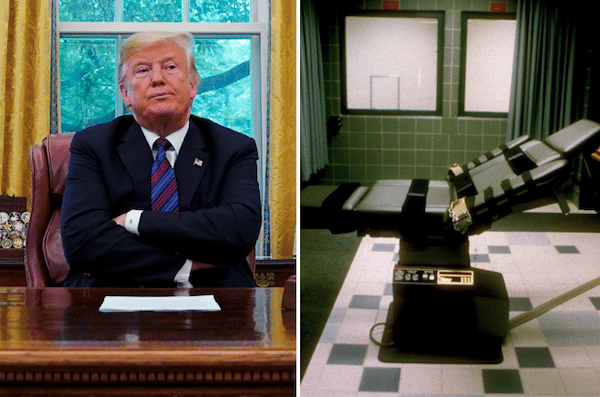If you were wondering about changes in the use of the death penalty at either the state or federal level since Donald Trump reassumed the presidency, well, wonder no more. On his very first day as president, Trump signed an executive order directing the Attorney General “to seek the death penalty for all crimes of a severity demanding its use.” This includes two specific circumstances—when the victim is a law enforcement officer or when the murder is committed “by an alien illegally present in this country.”
Trump’s executive order does not stop there. It goes on to “encourage state attorneys general and district attorneys to bring state capital charges for all capital crimes with special attention to” crimes against law enforcement officers or by undocumented migrants. Oddly, it instructs the Attorney General to rehouse death row inmates “in conditions consistent with the monstrosity of their crimes.” And finally, it instructs the Attorney General to ensure that states have “a sufficient supply of drugs needed to carry out lethal injections.”
Joe Biden, in the waning days of his presidency, commuted the death sentences of 37 of the 40 prisoners on federal death row and, indeed, not only were no executions carried out by the federal government during his presidency, he had instructed Attorney General Merrick Garland to stop using pentobarbital to execute prisoners, saying that there was “significant uncertainly about whether the use of the drug is humane.” Trump has reversed all of that.
The trend over the past decade has been away from the death penalty at the state level. While 27 states still have a death penalty on the books, states like Pennsylvania, California, Colorado and Oregon have open-ended moratoriums on the death penalty, and Pennsylvania Governor Josh Shapiro has asked the state legislature to ban the punishment. The request has broad bipartisan support. Furthermore, Nevada, Montana, Wyoming, Kansas, Kentucky, New Hampshire and North Carolina have not executed a prisoner in more than a decade.
That position is not universal across the country, however. In March, Brad Sigmon, a 67-year-old double murderer, was executed by firing squad in South Carolina. State authorities actually allowed him to choose his method of execution. Besides the firing squad, the other choices were lethal injection or the electric chair. So at 6:05 p.m. on March 7, three state corrections officers who volunteered for the job fired simultaneously at a target placed over Sigmon’s heart. He was killed instantly. And the execution continued a trend of 49 consecutive years with no South Carolina governor ever granting clemency.
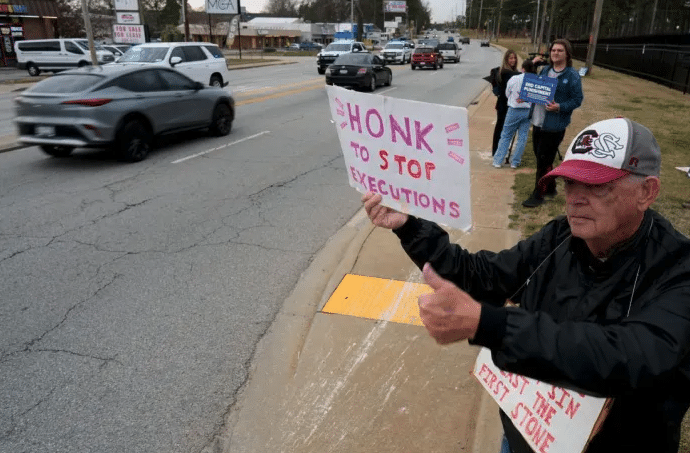
Protests outside the execution of South Carolina inmate Brad Sigmon on March 7 in Columbia, South Carolina. [Source: cnn.com]
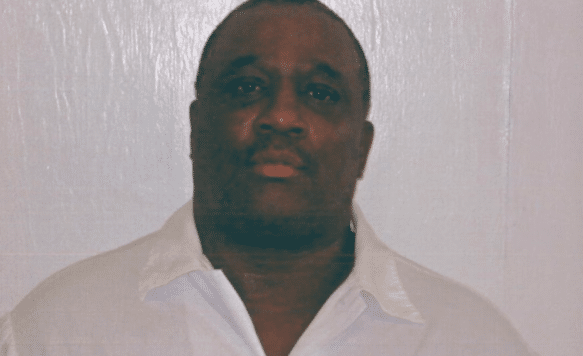
Robin “Rocky” Dion Myers [Source: al.com]

Kenneth Eugene Smith [Source: apnews.com]
The method is now approved for use in Mississippi, in addition to Louisiana and Arizona.
Alabama executed a prisoner, Kenneth Eugene Smith, using nitrogen hypoxia in January. Eyewitnesses said that he held his breath for as long as he could, then began “to shake and writhe on the gurney for at least two minutes” before dying. Governor Ivey said that was exactly what the state expected to happen. But witnesses said afterward that it was nothing less than human experimentation.
And what about Trump’s demand that death row prisoners be housed in the worst possible conditions? That is unconstitutional on its face. But with that said, such facilities are quite common. Just in a most recent example, the Justice Department found in November that the Fulton County Jail in Atlanta had “abysmal conditions” that were both “illegal and unconstitutional.”

Kay Ivey [Source: annistonstar.com]
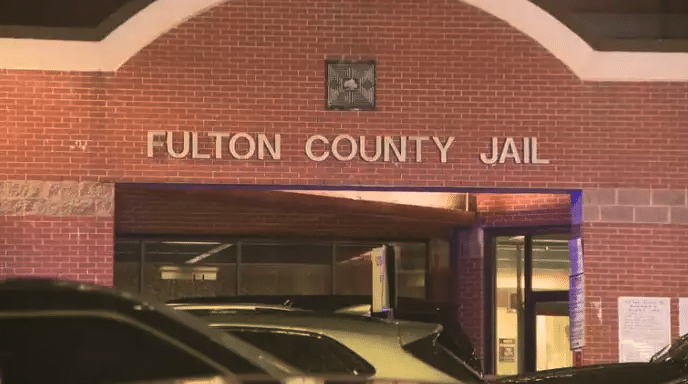
[Source: fox5atlanta.com]
Anthony Mitchell froze to death in his cell when guards held him naked for two weeks in a feces-and-trash-filled cell called “the freezer” because they could—and did—open it to the winter weather outside. A lawsuit compared Mitchell’s cell to a dog kennel.
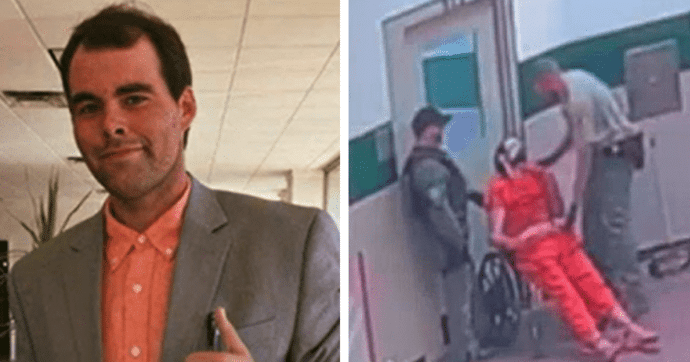
Anthony Mitchell [Source: meaww.com]
We must all work together, along with state and federal legislators, to put this abomination behind us.
John Kiriakou was a CIA analyst and case officer from 1990 to 2004.

